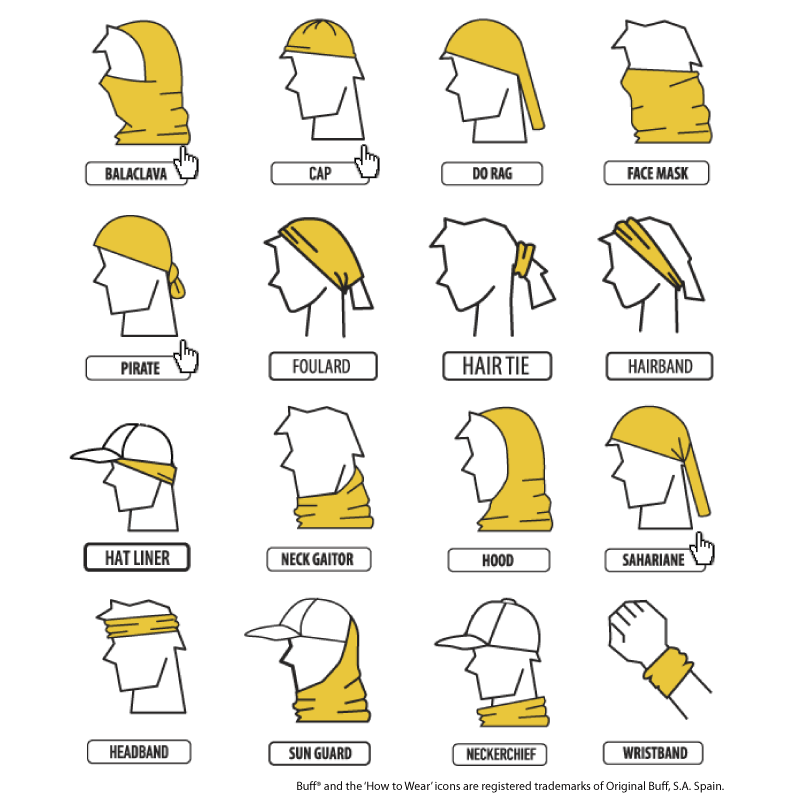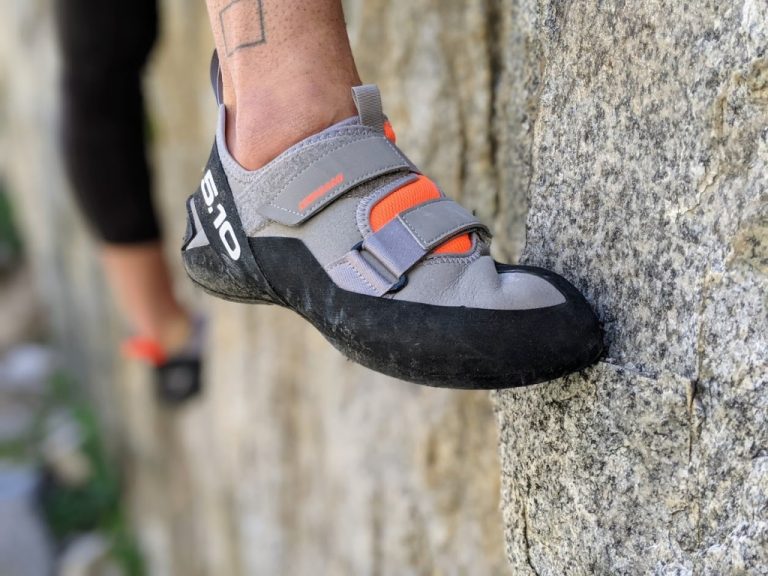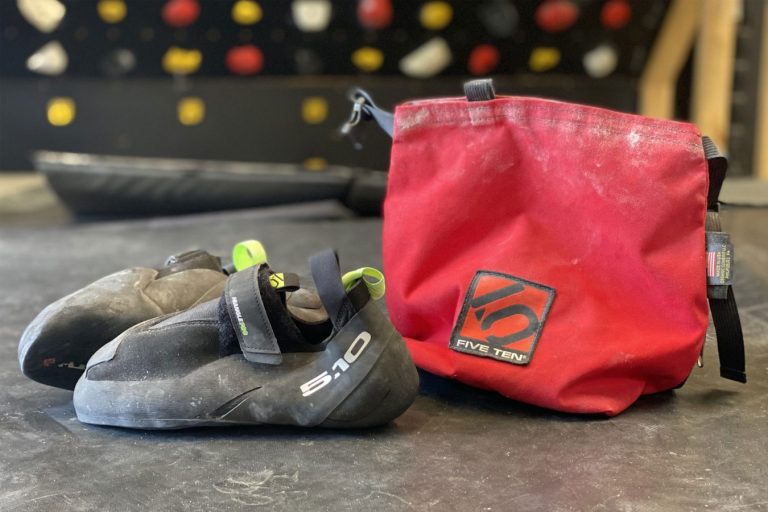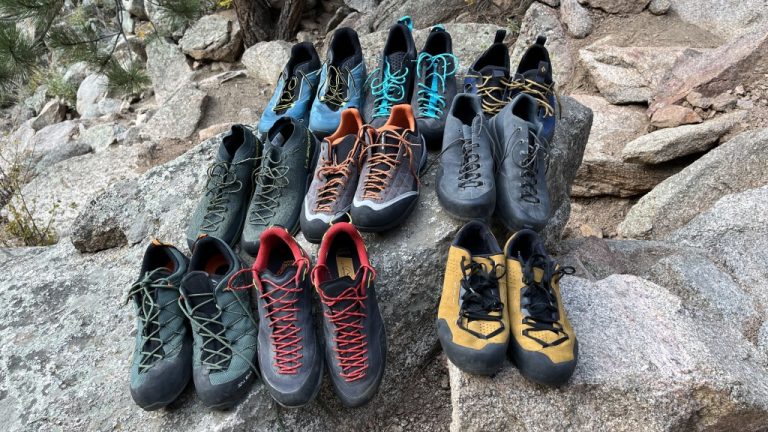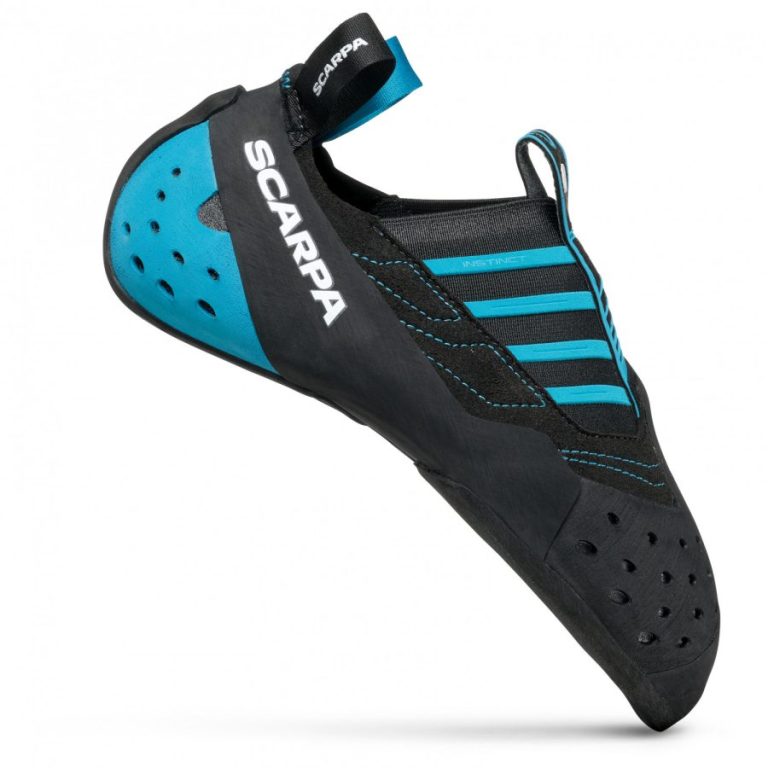What is a Buff?
In the world of outdoor adventure and exploration, the term “Buff” frequently appears on gear lists and is often recommended by seasoned adventurers. But what exactly is a Buff and why is it considered an essential piece of equipment? In this article, we will delve into the world of Buff and explore its versatility, functionality, and why it has earned its place as a must-have item for outdoor enthusiasts.
The Buff
To understand the significance of a Buff, let’s begin with its origin story. First introduced in 1991, the Buff is essentially a 20 x 9.5-inch tube of stretchy fabric designed to serve a multitude of purposes in the great outdoors. It was initially conceived as a solution to protect one’s head, neck, and face while venturing into challenging environments.
Over the years, the Buff has become an iconic accessory in the climbing and trekking community. It’s virtually impossible to find a seasoned guide or adventurer without at least one Buff in their kit. Whether you’re scaling the heights of Mount Baker, embarking on a trek to the summit of Mount Kilimanjaro, or navigating the teahouse-to-teahouse trails of the Everest Base Camp, the Buff proves its worth time and time again.
One of the standout features of the Buff is its versatility. Despite being a mere ounce in weight, it boasts incredible adaptability. It can be effortlessly stashed away in a pocket, dries quickly when wet, and can be worn in a myriad of ways. In fact, a Buff outshines the conventional bandana in terms of versatility and complements a wide range of gear lists, whether you’re pursuing lightweight warm-weather activities or tackling heavy-duty adventures in locations like the Alaska Range or Mount Rainier.
How Would I Wear a Buff?
The beauty of a Buff lies in its ability to adapt to various conditions and needs. While each item in your climbing or trekking gear should serve a specific purpose, versatility remains a key factor. Let’s take a look at how a Buff can be worn, as demonstrated by our experienced Alpine Ascents staffer, Joe Kluberton, during an Everest Base Camp Trek.
- Full Face Coverage: In harsh conditions that demand complete face protection, a Buff can be easily transformed to shield you from the elements.
- Ear Coverage: When you only need to protect your ears, a Buff can be configured to provide the required coverage without overheating.
- Neck and Face Warmth: Sometimes, all you need is a little extra warmth around the neck and face. A Buff can be adjusted to provide just the right amount of insulation to keep you comfortable.
The adaptability of the Buff ensures that you’re prepared for a wide range of scenarios, making it an indispensable part of any outdoor adventurer’s toolkit.
Why Not Use a Bandana or Balaclava?
You might be wondering why you should choose a Buff over a traditional bandana or a balaclava. Here’s why:
- Simplicity: Unlike a bandana that requires intricate tying to stay in place, a Buff is incredibly straightforward to use. You can wear it in multiple ways without the hassle of knots and folds.
- Versatility: A Buff offers a level of versatility that a bandana simply can’t match. It adapts to various conditions and needs, making it a valuable addition to your gear.
- Balaclava Substitute: In mild conditions where the full protection of a balaclava isn’t necessary, a Buff serves as an excellent alternative, providing the right balance of comfort and coverage.
- Supplement to a Balaclava: In extremely cold or challenging environments, such as Denali or Aconcagua, a Buff can be used in conjunction with a balaclava to ensure complete skin coverage, guarding against the threat of frostbite.
In conclusion, a Buff is much more than a piece of fabric; it’s a versatile, lightweight, and essential tool for outdoor enthusiasts. Its ability to adapt to changing conditions, simplicity of use, and compatibility with various gear lists make it a valuable asset on your next adventure.
Frequently Asked Questions (FAQs)
- Where can I purchase a Buff ? You can find Buff products in most outdoor gear stores, as well as online retailers specializing in outdoor equipment.
- What materials are Buff products made from? Buff products are typically made from a stretchy and moisture-wicking fabric that offers comfort and versatility.
- Can I wear a Buff in hot weather, or is it more suitable for cold conditions? Buff is suitable for both hot and cold weather. Its moisture-wicking properties make it comfortable to wear in warm climates, and it can provide additional protection from the sun.
- Do Buff products come in different sizes? Buff products are designed to be one-size-fits-all due to their stretchy nature, ensuring a snug and comfortable fit for most users.
- Are there any care instructions for maintaining Buff products? Buff products are easy to care for. You can machine wash them with like colors, and they dry quickly, so you can use them again on your next adventure.
